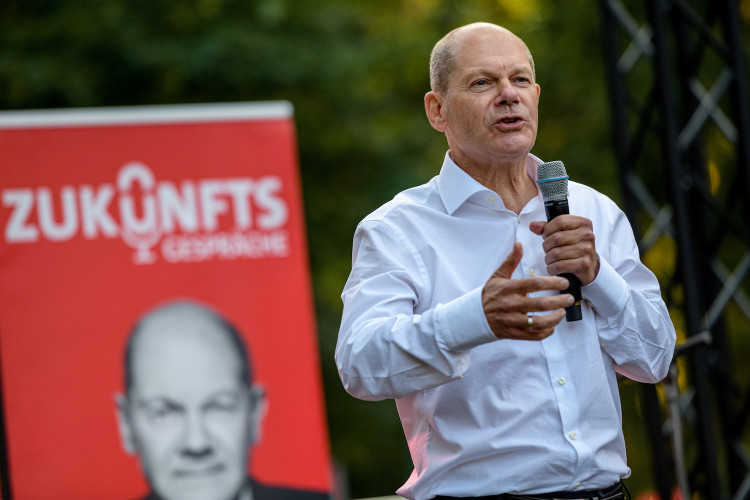During her visit to Germany, Italian Prime Minister Meloni signed an action plan to strengthen cooperation between Italy and Germany. The 31-page "German-Italian Strategic Bilateral and EU Cooperation Action Plan" aims to enhance collaboration in energy, security, refugee control, climate, and culture. A key project is the construction of a natural gas and hydrogen pipeline.
German Chancellor Scholz, at a joint press conference, shared that both countries are looking to expand their energy cooperation to strengthen long-term supply security. He highlighted the importance of establishing a natural gas and hydrogen "Southern Corridor." Additionally, they hope to quickly reach a German-Italian natural gas solidarity agreement.
The planned "Southern Hydrogen Corridor" (SoutH2 Corridor) will transport renewable energy from North Africa to southern Germany via pipelines through Italy, Austria/Switzerland. The corridor's dedicated pipeline, spanning 3,300 kilometers, will start from the North African coast of Tunisia, pass through Italy's main natural gas lines, cross Austria/Switzerland, and reach Bavaria, a major industrial region in southern Germany.
The project focuses on utilizing existing natural gas infrastructure, with over 70% repurposed for hydrogen transport. However, new dedicated facilities will be constructed as needed. The pipeline is expected to be fully operational by 2030, with German media reporting a goal to import 10 million tons of hydrogen. Participating companies anticipate an annual production capacity of over 4 million tons.
Four leading European companies have divided the project responsibilities: Italy's portion by Snam, Austria's by Trans Austria Gasleitung (TAG) and Gas Connect Austria (GCA), and Germany's by Bayernets.
This plan was agreed upon in December 2021 under Italy's Draghi government, but progress has accelerated this year. In early May, energy ministers of the countries involved reached a political agreement in principle. In June, during Scholz's visit to Italy, the two governments began discussing the project.
Despite this, the latest German-Italian agreement is only a plan, not a binding treaty. European media have observed that this fact highlights the less intimate alliance between these two neighboring countries.
Differences in refugee control and budget management have kept the relationship between Scholz's center-left government and Meloni's right-wing government from being close. German media described the interaction between the two countries during Scholz's earlier visit to Italy this year as "politeness amidst disagreements."
However, with the European energy crisis stemming from the Russia-Ukraine conflict and growing concerns over illegal immigration, the German and Italian governments are showing more unity on several issues, especially in energy cooperation.
Even setting aside the political aspect, the project itself faces a "chicken or egg" dilemma regarding the demand for hydrogen, a future fuel.
Timo Bollerhey, head of the German hydrogen promotion project H2Global, pointed out this predicament in a media interview in June. He explained that suppliers lack the incentive to build power plants if no one buys hydrogen, and without hydrogen power supply, there will be no buyers.
Their solution involves tendering to find suppliers who can offer green hydrogen at the most favorable prices and awarding them a ten-year contract. With this security, suppliers can confidently build factories.
According to Bollerhey, the German government's initial procurement budget is 900 million euros. The first tender, starting in 2024, will mainly target derivatives, i.e., hydrogen-based compounds that the industrial sector can use without conversion. After procurement, the German government will seek buyers through short-term contracts, auctioning at the highest possible price.





